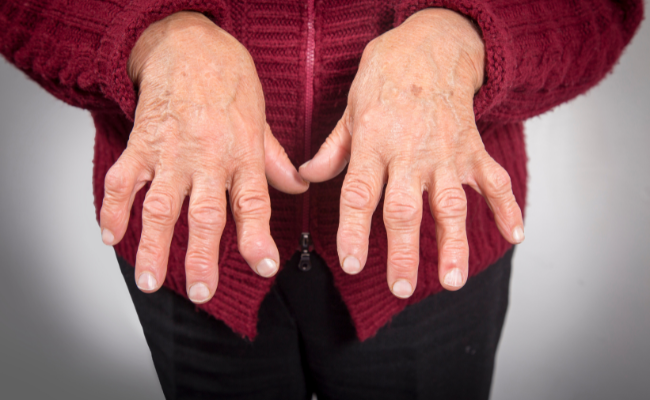How to Treat Mallet Finger?
- November 27, 2023
- No Comments

What is Mallet Finger?
Mallet finger, commonly known as "baseball finger," results from the disruption of the distal joint due to damage to the extensor tendon at the fingertip. This injury, often caused by forceful impacts during sports like baseball or basketball, leads to a drooping appearance, resembling a mallet. The condition, also referred to as drop finger, affects the tendon responsible for straightening the finger or thumb. Tendons, crucial for stability and motion, may tear or detach from the finger bone, sometimes extending to involve the bone itself. Symptoms include an inability to straighten the finger, drooping at the tip, pain, bruising, and swelling. Common in activities involving catching hard-thrown balls, mallet finger tends to affect the dominant hand, adding challenges to daily tasks.
Why Does Mallet Finger Occur?
Understanding the causes of mallet finger is crucial for prevention and effective treatment. The injury often occurs when the fingertip is forcefully bent, causing the extensor tendon to stretch or tear. Sports that involve catching or handling balls, such as basketball or baseball, significantly increase the risk of mallet finger. However, day-to-day activities can also contribute to this injury, especially when there is a sudden, forceful impact on the fingertip.
The mechanism of injury involves the forceful flexion of the distal interphalangeal (DIP) joint, leading to damage to the extensor tendon. In some cases, the force may be sufficient to cause a fracture along with the tendon injury.
How to Identify Mallet Finger?
- Recognizing the signs and symptoms of mallet finger is crucial for timely intervention. The primary indicators include pain, swelling, and the inability to fully extend the fingertip. The affected finger may appear bent at the DIP joint, presenting a visible deformity. Additionally, bruising around the injured area may be present.
- To confirm a diagnosis of mallet finger, healthcare professionals typically perform a thorough physical examination. X-rays may also be ordered to assess the extent of the injury and to rule out fractures. A comprehensive assessment is essential to determine the most appropriate course of treatment.
Treatment Solutions for Mallet Finger
Conservative Management:
- Splinting: One of the fundamental approaches to treating mallet finger is splinting. A mallet finger splint, designed to immobilize the DIP joint, is applied to keep the finger in a straight position. Continuous wear of the splint is crucial for several weeks to allow the damaged tendon to heal properly.
- Ice and Elevation: Managing pain and swelling is an integral part of conservative management. Applying ice to the injured finger helps reduce swelling, while keeping the hand elevated above heart level whenever possible can further alleviate swelling.
Medical Interventions:
- Medication: Over-the-counter pain relievers, such as ibuprofen or acetaminophen, may be recommended to manage pain and inflammation associated with mallet finger.
- Physiotherapy: In some cases, a healthcare provider may prescribe physiotherapy exercises to improve finger strength and flexibility after the initial healing phase. These exercises aim to restore normal function and prevent stiffness in the affected finger.
Surgical Options:
- For Severe Cases: If the mallet finger injury is severe or if conservative methods prove ineffective, surgical intervention may be considered. Surgical options may include pinning the joint to maintain proper alignment or repairing the damaged tendon through surgical techniques.
Benefits of Timely Treatment for Mallet Finger
- Prevention of Complications: Timely and appropriate treatment helps prevent complications such as joint deformities or chronic pain associated with mallet finger. Addressing the issue promptly reduces the risk of long-term consequences.
- Faster Recovery: Proper management, including splinting and other non-invasive methods, promotes faster healing. Timely treatment can significantly reduce the downtime associated with the injury, allowing individuals to resume normal activities sooner.
- Reduced Risk of Chronic Issues: Prompt treatment reduces the risk of developing chronic issues, such as stiffness or long-term functional impairment in the affected finger. By addressing the injury early on, individuals can mitigate the likelihood of persistent problems.
- Improved Functionality: Following a prescribed treatment plan enhances the chances of regaining normal finger function and range of motion. Physiotherapy, in particular, plays a crucial role in restoring strength and flexibility, contributing to improved overall functionality.
- Minimized Discomfort: By addressing pain and inflammation early on, individuals with mallet finger can experience minimized discomfort throughout the healing process. Effective pain management is essential for ensuring patient comfort during the recovery period.
Comments (0)